我们先来看JDK1.3的源代码,会发现Throwable.printStackTrace()方法调用了一个native printStackTrace0()方法。我们找不到任何线索,可以用在我们自己的Java代码中。
那怎么办?Throwable.printStackTrace()的输出结果字符串里面不是包含了当前线程运行栈的所有信息吗?我们可以从这个字符串中抽取自己需要的信息。JDK1.3的时代,也只能这么做了。
二、Log4J 1.2的相关实现
Log4J 1.2是JDK1.3时代的作品。我们来看相关源代码。
[code]
/**
Instantiate location information based on a Throwable. We
expect the Throwable t, to be in the format
java.lang.Throwable
...
at org.apache.log4j.PatternLayout.format(PatternLayout.java:413)
at org.apache.log4j.FileAppender.doAppend(FileAppender.java:183)
at org.apache.log4j.Category.callAppenders(Category.java:131)
at org.apache.log4j.Category.log(Category.java:512)
at callers.fully.qualified.className.methodName(FileName.java:74)
...
*/
public LocationInfo(Throwable t, String fqnOfCallingClass) {
String s;
…
t.printStackTrace(pw);
s = sw.toString();
sw.getBuffer().setLength(0);
…. // 这里的代码省略
}
[/code]
这里我们可以看到整体的实现思路。
首先,t.printStackTrace(pw); 获得stack trace字符串。这个t是 new Throwable()的结果。用户程序调用Log4J方法之后,Log4J自己又进行了4次调用,然后才获得了 t = new Throwable() :
at org.apache.log4j.PatternLayout.format(PatternLayout.java:413)
at org.apache.log4j.FileAppender.doAppend(FileAppender.java:183)
at org.apache.log4j.Category.callAppenders(Category.java:131)
at org.apache.log4j.Category.log(Category.java:512)
那么,往下走4行,就可以回到用户程序本身的调用信息:
at callers.fully.qualified.className.methodName(FileName.java:74)
这一行里面,类名、方法名、文件名、行号等信息全有了。解析这一行,就可以获得需要的所有信息。
三、JDK1.4 Log的相关实现
Log4J大获成功,Sun决定在JDK1.4中引入这个Log功能。
为了免去解析StackTrace字符串的麻烦,JDK1.4引入了一个新的类,StackTraceElement。
public final class StackTraceElement implements java.io.Serializable {
// Normally initialized by VM (public constructor added in 1.5)
private String declaringClass;
private String methodName;
private String fileName;
private int lineNumber;
可以看到,恰好包括类名、方法名、文件名、行号等信息。
我们来看JDK1.4 Log的相关实现。
LocationInfo.java 的infoCaller方法(推算调用者)
// Private method to infer the callers class and method names
private void inferCaller() {
…
// Get the stack trace.
StackTraceElement stack[] = (new Throwable()).getStackTrace();
// First, search back to a method in the Logger class.
…. // 这里的代码省略
// Now search for the first frame before the "Logger" class.
while (ix
StackTraceElement frame = stack[ix];
String cname = frame.getClassName();
if (!cname.equals("java.util.logging.Logger"))
// Weve found the relevant frame.
… // 这里的代码省略
}
// We haven found a suitable frame, so just punt. This is
// OK as we are only committed to making a "best effort" here.
}
从注释中就可以看出实现思路。过程和Log4J异曲同工。只是免去了解析字符串的麻烦。
四、Log4J 1.3 alpha的相关实现
既然JDK1.4中引入了StackTraceElement类,Log4J也要与时俱进。LocationInfo类也有了相应的变化。
/**
Instantiate location information based on a Throwable. We
expect the Throwable t, to be in the format
java.lang.Throwable
...
at org.apache.log4j.PatternLayout.format(PatternLayout.java:413)
at org.apache.log4j.FileAppender.doAppend(FileAppender.java:183)
at org.apache.log4j.Category.callAppenders(Category.java:131)
at org.apache.log4j.Category.log(Category.java:512)
at callers.fully.qualified.className.methodName(FileName.java:74)
...
However, we can also deal with JIT compilers that "lose" the
location information, especially between the parentheses.
*/
public LocationInfo(Throwable t, String fqnOfInvokingClass) {
if(PlatformInfo.hasStackTraceElement()) {
StackTraceElementExtractor.extract(this, t, fqnOfInvokingClass);
} else {
LegacyExtractor.extract(this, t, fqnOfInvokingClass);
}
}
可以看到,Log4J首先判断Java平台是否支持StackTraceElement,如果是,那么用StackTraceElementExtractor,否则使用原来的LegacyExtractor。
下面来看StackTraceElementExtractor.java
/**
* A faster extractor based on StackTraceElements introduced in JDK 1.4.
*
* The present code uses reflection. Thus, it should compile on all platforms.
*
* @author Martin Schulz
* @author Ceki Gülcü
*
*/
public class StackTraceElementExtractor {
protected static boolean haveStackTraceElement = false;
private static Method getStackTrace = null;
private static Method getClassName = null;
private static Method getFileName = null;
private static Method getMethodName = null;
private static Method getLineNumber = null;
…. // 以下代码省略
可以看到,Log4J 1.3仍然兼容JDK1.3,而且为JDK1.4也做了相应的优化。
五、JDK1.5的Thread Stack Trace
JDK1.5在Thread类里面引入了getStackTrace()和getAllStackTraces()两个方法。这下子,我们不用 (new Throwable()).getStackTrace ();可以调用
Thread.getCurrentThread().getStackTrace()来获得当前线程的运行栈信息。不仅如此,只要权限允许,还可以获得其它线程的运行栈信息。
/**
* Returns an array of stack trace elements representing the stack dump
* of this thread. This method will return a zero-length array if
* this thread has not started or has terminated.
* If the returned array is of non-zero length then the first element of
* the array represents the top of the stack, which is the most recent
* method invocation in the sequence. The last element of the array
* represents the bottom of the stack, which is the least recent method
* invocation in the sequence.
*
*
If there is a security manager, and this thread is not
* the current thread, then the security managers
* checkPermissionmethod is called with a
* RuntimePermission("getStackTrace")permission
* to see if its ok to get the stack trace.
*
*
Some virtual machines may, under some circumstances, omit one
* or more stack frames from the stack trace. In the extreme case,
* a virtual machine that has no stack trace information concerning
* this thread is permitted to return a zero-length array from this
* method.
*
* @return an array of StackTraceElement,
* each represents one stack frame.
*
* @since 1.5
*/
public StackTraceElement[] getStackTrace() {
if (this != Thread.currentThread()) {
// check for getStackTrace permission
SecurityManager security = System.getSecurityManager();
if (security != null) {
security.checkPermission(
SecurityConstants.GET_STACK_TRACE_PERMISSION);
}
}
if (!isAlive()) {
return EMPTY_STACK_TRACE;
}
Thread[] threads = new Thread[1];
threads[0] = this;
StackTraceElement[][] result = dumpThreads(threads);
return result[0];
}
/**
* Returns a map of stack traces for all live threads.
*
* @since 1.5
*/
public static Map getAllStackTraces() {
// check for getStackTrace permission
// Get a snapshot of the list of all threads
}
六、总结
从总的发展趋势来看,JDK不仅提供越来越多、越来越强的功能,而且暴露给用户的控制方法越来越多,越来越强大。

 首页
首页 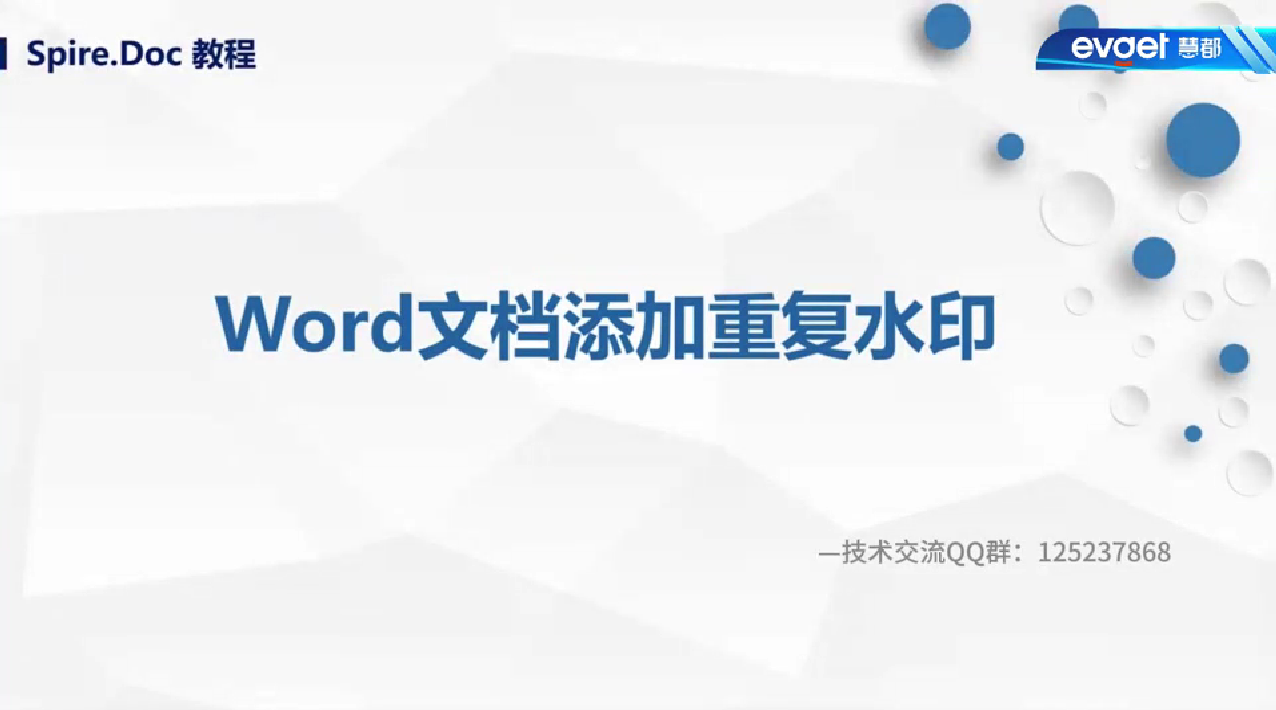
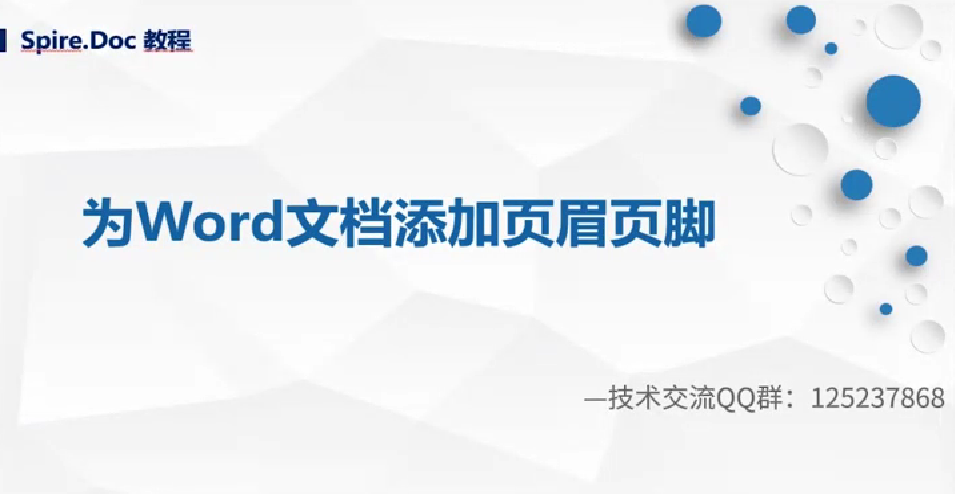
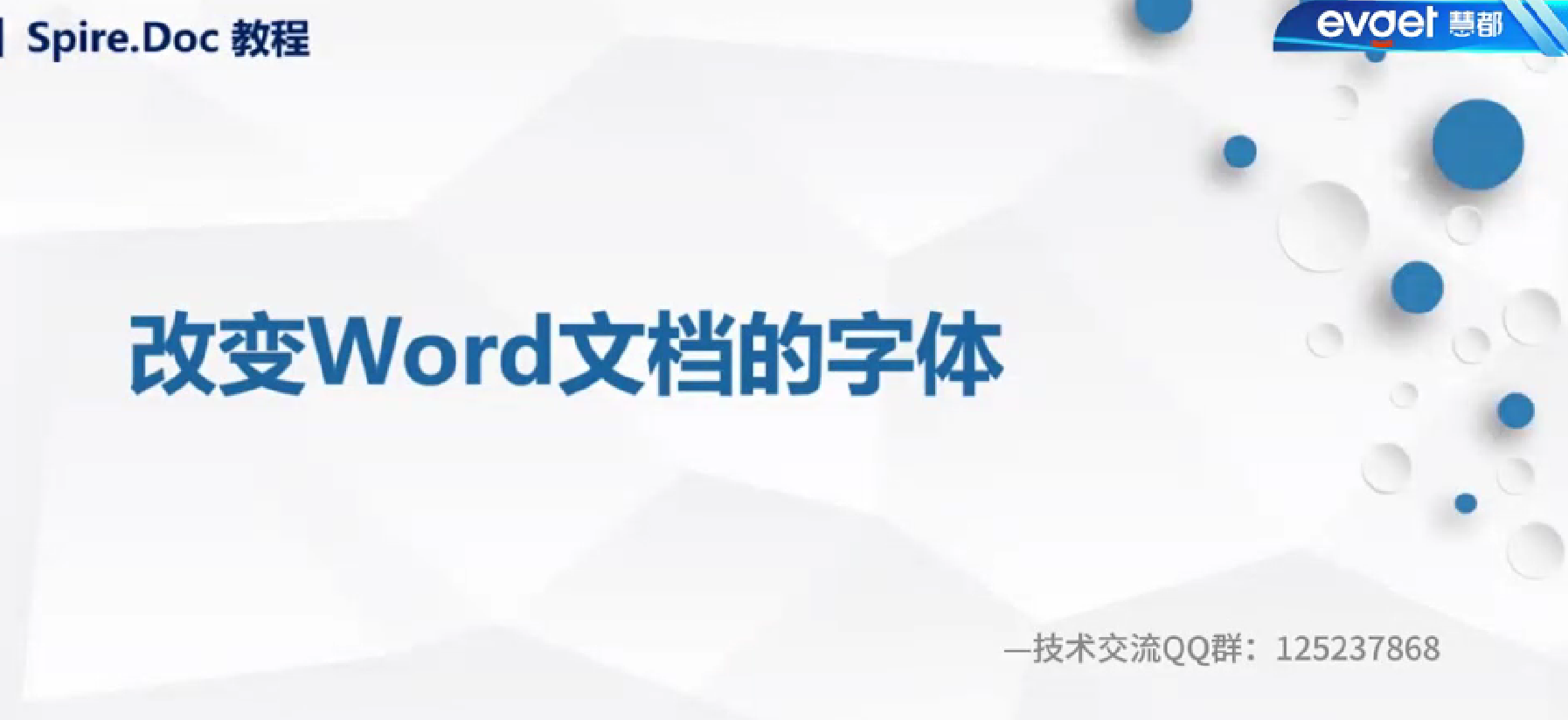

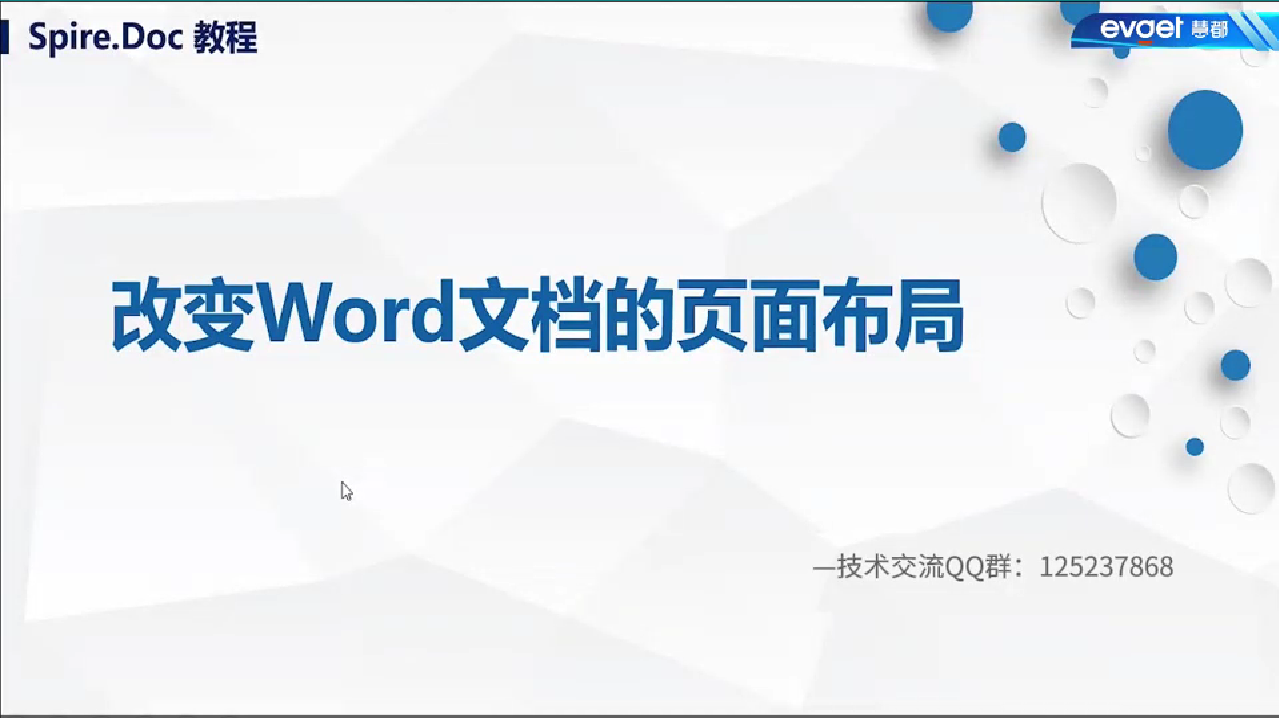
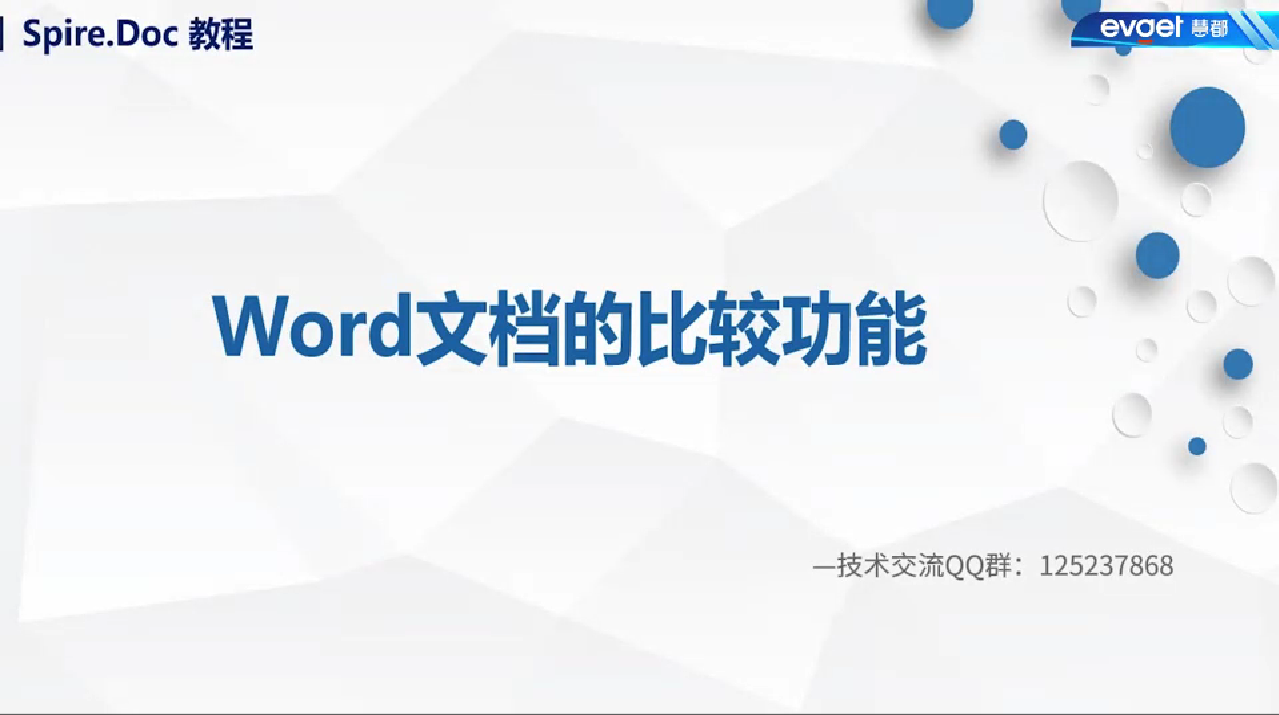










 287次
287次
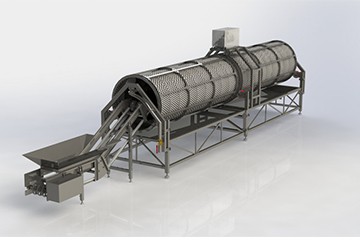

 相关文章
相关文章 

 在线咨询
在线咨询




 渝公网安备
50010702500608号
渝公网安备
50010702500608号

 客服热线
客服热线